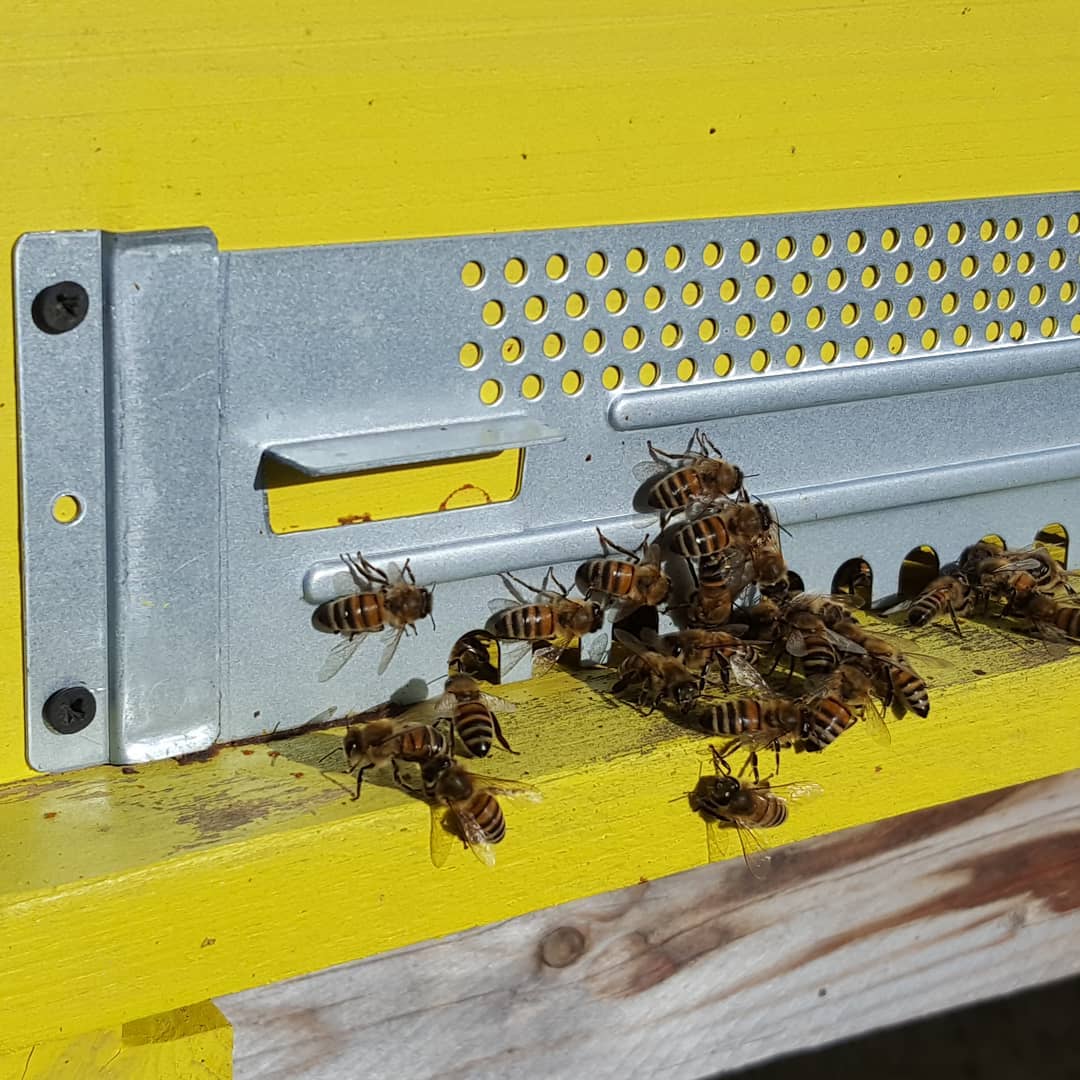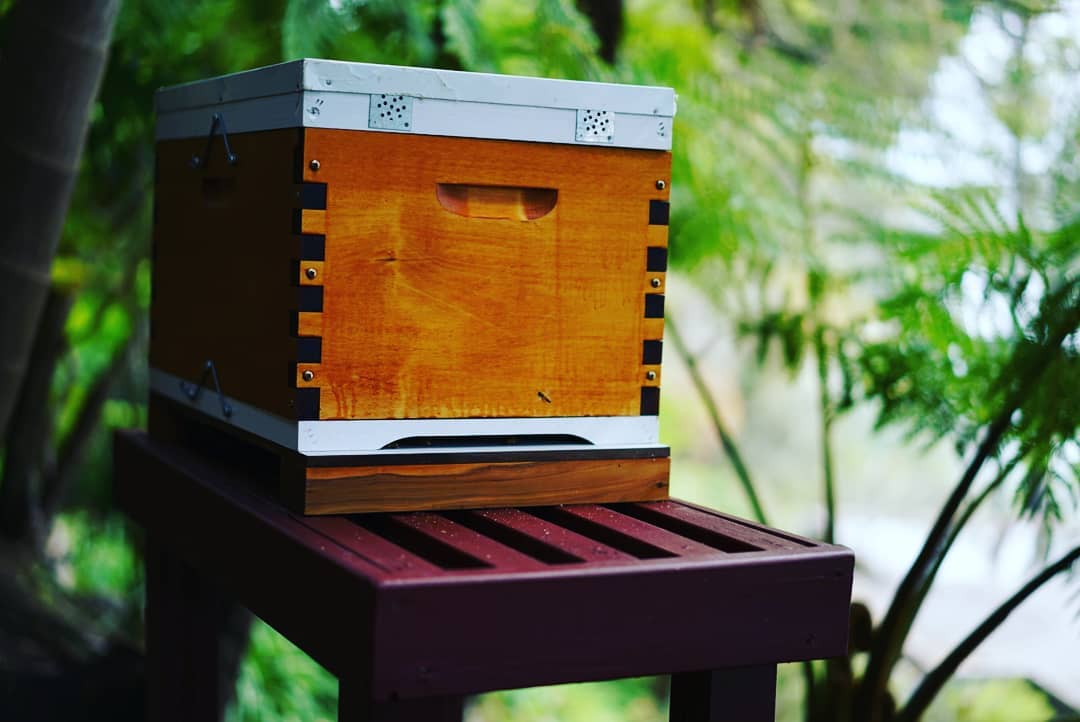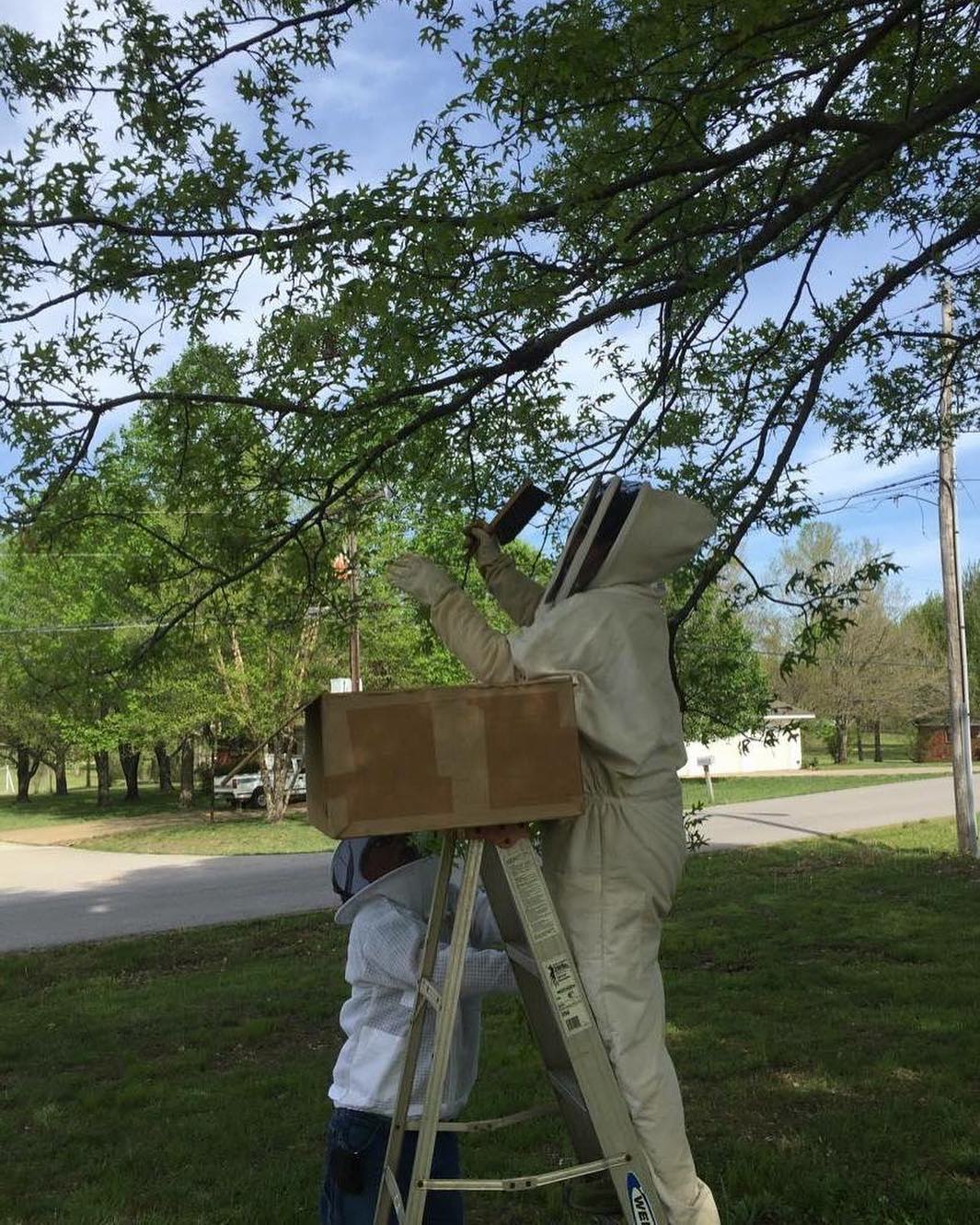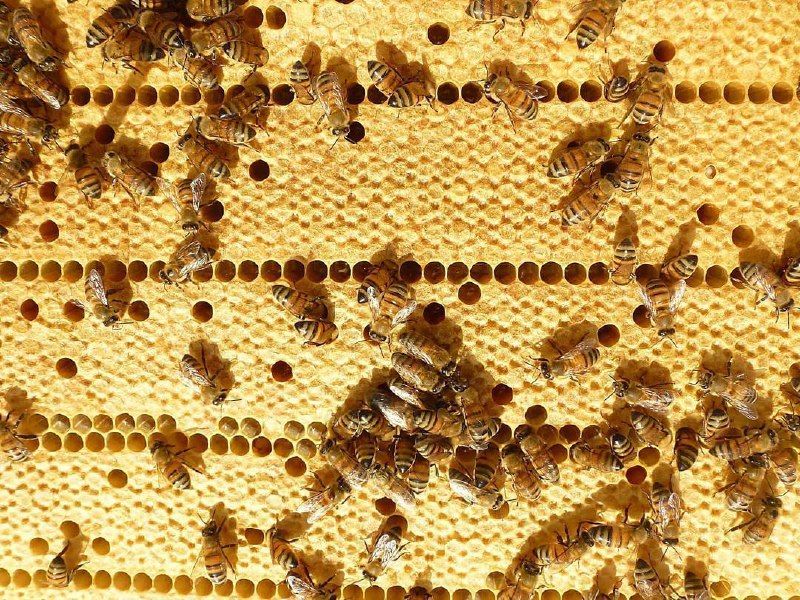Completing the picture for any prospective beekeepers
by discussing bees and the available housing options
In previous article, we talked about the principles of hive design in terms of size, location, and internal construction. So, how do you eventually get round to choosing the type of hive to use, given the numerous designs available?
Best Bee Hive
To some extent, the type of hive depends on the type of bee you keep. Some bees, like the native European honeybee, are economical in their requirements for brood space. The workers tend to be long-lived, in bee terms, and this gives a longer-lived foraging force, which means the colony needs less brood overall. Other bees, like the Italian type, tend to turn stores into brood, producing very large colonies. But that’s got to be good, you say; more bees foraging must mean more honey. Not necessarily so because all those bees and, more importantly, all those larvae need feeding, and the food will inevitably come from the nectar and pollen that the foragers bring home.
Large colonies can also get into trouble if the weather turns bad for a while, or there is a dearth of available nectar in the area. In these circumstances, the bee-keeper has a responsibility to keep an eye on the colonies and must be prepared to feed, if necessary – even in the summer.

Yellow Italian bees are genetically used to living in a warm climate where forage is available for a large part of the year.
Choosing your hive
It goes without saying that a larger colony needs more space. For such bees, the choice might be the Langstroth or Dadant hive. An alternative solution is to allow the queen to lay in both a brood box and a super of a smaller design like the Modified National, or even two brood boxes. A more economical bee is likely to be happy in a single brood box of, say, a Modified National, Smith or WBC hive.
The Langstroth hive, designed by Reverend L L Langstroth who discovered the bee space, is the most widely used hive around the world. However, in the UK bee-keepers generally prefer the Modified National. These are what are known as single-walled hives. They are built from single boards of wood joined together into a rectangle. While the Langstroth consists of just four boards, with finger grips routed from the thickness of the walls, two opposite side walls of a Modified National are longer than the others and this allows fillets to be fitted, top and bottom. These are then used to lift the box, and they make life a lot easier. The other plus for the Modified National is that its construction gives two vertical handholds which are very useful when trying to manhandle a box in or out of a vehicle.
The only double-walled hive now in common use in the UK is the WBC, named after its inventor, William Broughton Carr. Here, the relatively flimsy rectangular inner boxes which hold the frames and the bees are surrounded by a set of ‘lifts’ made from more substantial timber. These surround the inner boxes and support the roof. The design gives a cavity between the lifts and the inner boxes which is dead air space, providing some insulation.
In the USA and UK, some beekeepers still use WBC hives but nowadays you are more likely to see them used as an ornamental feature in a garden, or the floor, outer lifts and roof being used to store garden tools. Indeed, one equipment supplier sells them specifically for these purposes!
The rub comes when you realize that most of these hives are of different dimensions and therefore require their own unique frames. However, the Modified National and the WBC do use the same frames. Because of the construction, these frames have long lugs which make them easier to handle. Hives made from single boards, such as the Langstroth, have a rebate in the thickness of the wood to take the frame lug which consequently has to be short. Getting used to handling frames using the top bar rather than the lugs will overcome any difficulties with short-lug frames.
It doesn’t take a genius to realize that these different designs mean that neither boxes nor frames from different hives are compatible. This leads us to a very important point. Do not get a mixture of hive designs. Doing so will severely limit your management options when you need to transfer a frame from one of your hives to another. Trying to combine a top bee space box with one that uses bottom bee space will be a complete disaster.
So, how do you choose? My advice would be to join your local beekeeping association. Here you will be able to find out which is the most popular hive used in your area, and it would be sensible to start with that design. This is likely to be the one most suited to the local bee and to the local forage and environmental conditions. Another benefit is that you are likely to be able to buy second-hand equipment.

Langstroth beehive
Second-hand beekeeping equipment
This might sound like a real bargain, especially when you start looking through the beekeeping catalogs. However, second-hand equipment does come with some serious health warnings.
Second-hand equipment might be a bargain but make sure it is in good condition, is of the correct internal dimensions and has been sterilized to kill any disease organisms
Is it sound?
Buying boxes that are about to fall apart isn’t a good idea. The other thing to check is that they are bee-tight. As boxes are prised apart with the hive tool, they can get damaged, especially at the corners. As soon as any gap becomes as large as the bee space, robber bees and wasps will be able to gain access.
Does it have the correct internal dimensions?
If a box is built to respect the bee space, it will be the correct size for its design and will, therefore, fit with other boxes. Some home-made boxes may not be accurate, and using them with standard equipment might lead to gaps.
Has it been sterilised?
Spores of American foulbrood, one of the notifiable bee diseases, can remain viable for over 40 years. You don’t want to run the risk of bringing disease into your apiary. Your bargain then becomes a liability.
What about second-hand hive frames?
My advice is not to buy second-hand frames unless, of course, they come with a colony of bees attached. The comb is one of the main hiding places for disease. If you do inherit frames, cut out any comb and clean all the remaining wax and propolis from the woodwork before scrubbing it with a solution of washing soda, or preferably boiling the frames in this solution in something like a Baby Burco boiler. Incinerate the comb. Don’t put it in the domestic waste as there is a chance it could be exposed to bees at the tip. If it is diseased, you could spread this all around your area and you will not be popular. If you burn the comb on a bonfire, make sure it is hot (and flaming) when you add the wax. It will burn fiercely so don’t put it all on at once. Make sure it has all been burnt to prevent potential disease transmission as above.
Getting your bees
We have talked about various factors you need to consider before starting beekeeping. All this is essential preparation for actually getting your bees. Having sorted out your apiary and the hive type you want to use, where do you get the bees to put in them?
Because it is human nature to want something for nothing, the first thought might be to collect a swarm. This is fine (and can be fun), but a swarm also comes with health warnings.
Disease
You will not know for a while whether or not it is carrying disease, particularly European or American foulbrood. Only when there is brood in the hive can you see the health status of your colony.
Temperament
Your ‘freebees’ might be very defensive ‒ or rather aggressive from the human point of view. Such a colony just makes beekeeping hard work and unpleasant experience. You really want to get goodtempered bees, especially if you are a beginner. Some people say bad-tempered bees produce more honey. Don’t believe it ‒ this is an urban myth!

Swarms may be ‘free’ and catching them can be fun, but they can come with problems.
Characteristics
You will not know any of the colony’s characteristics. Does it swarm at the drop of a hat? Does it bother you when you are inspecting it? Does it follow you away from the hive? All these are unknown until you get it back to your apiary and it has settled in.
The second option is to acquire a colony from a local beekeeper. This is where belonging to your local association pays dividends. You can get advice on who has good bees and who to approach. Believe it or not, there are some unscrupulous beekeepers out there who sell off their ‘swarmiest’ and worst-tempered colonies to unsuspecting beginners. Perish the thought!
If you are buying locally, you have the advantage that you can go and see your prospective purchase and actually handle them. If you don’t feel confident, get an experienced beekeeper you trust to go with you.
Finally, you can also buy colonies from commercial suppliers. Again, members of your association can probably advise which are worth contacting.
Whatever bees you acquire, you need to know they are as disease-free as possible. While you can see things like chalkbrood, European and American foulbrood in the comb, other diseases, such as nosema and acarine, need a microscope to be detected. The National Bee Unit (NBU) employs bee officers in the active season. They will respond to any requests to come and inspect bees for the presence of the notifiable diseases. Information is available at www.nationalbeeunit.com. The NBU BeeBase website has lots of helpful information about diseases.
The mite, Varroa destructor, is now present in almost all USA and UK hives. Mites spread viruses around the colony, and without treatment, these eventually kill the bees. Beekeepers are legally required to keep a record of varroa treatments so ask to see these relating to any bees you might want to buy.
There really is much more to say about keeping bees, but I certainly hope that what we have discussed so far has been helpful in your thoughts about keeping bees. Do get yourself a good book, go on one or more courses, and join your local association to benefit from the hard-earned experience of others, practical sessions, and lectures from experts.
A final warning
Beekeeping can be incredibly addictive, but it is also a very interesting, beneficial and rewarding pastime.

You will not be able to determine the health status of a swarm until there is sealed brood present.